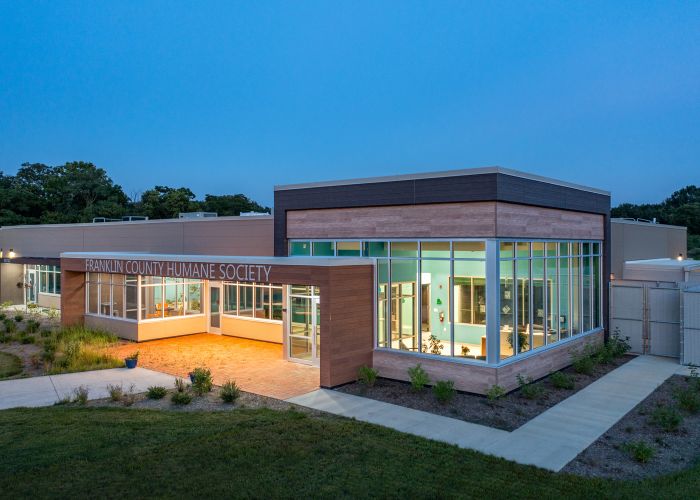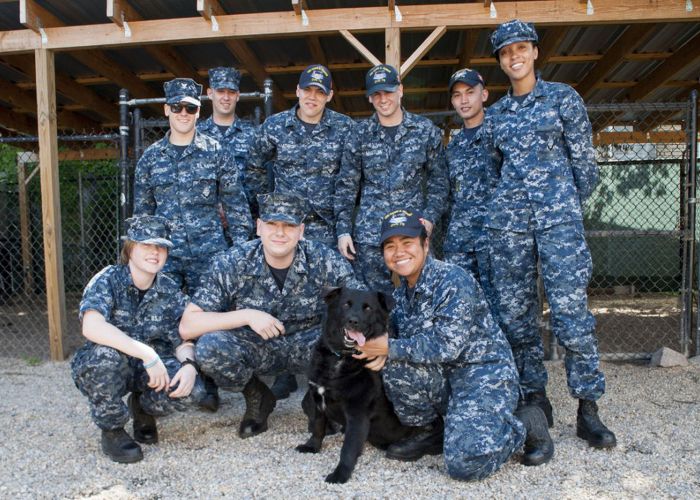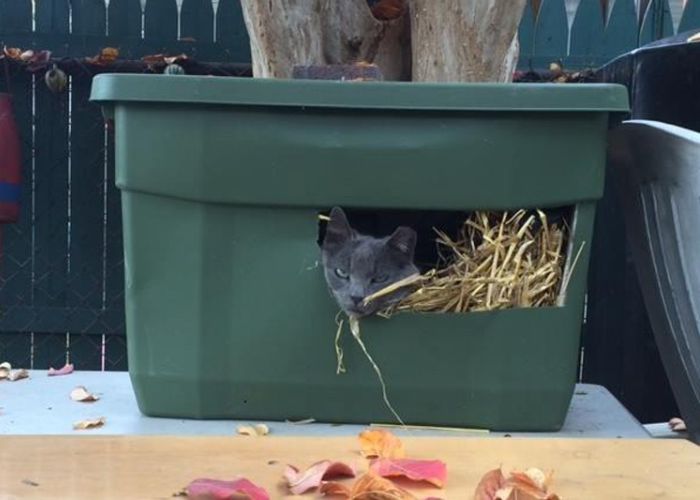Model behavior
Humane Society Silicon Valley reaches a milestone by meeting ‘model shelter’ standards
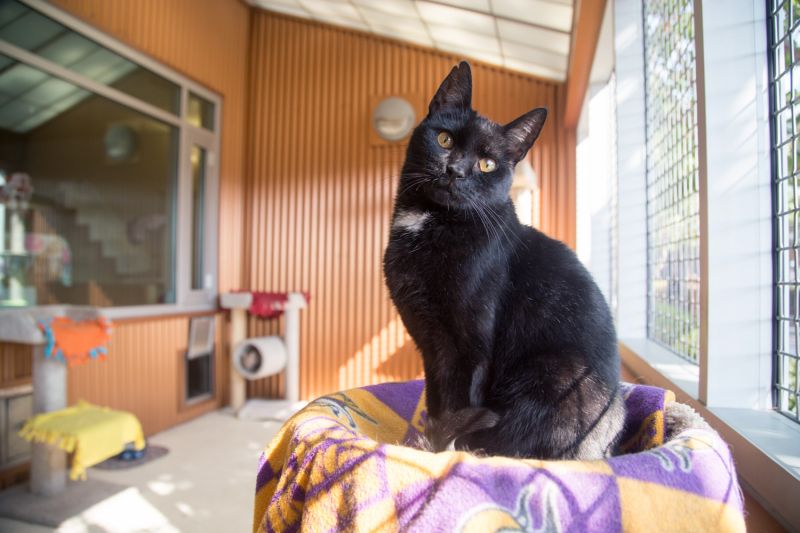
Like a mountain, a marathon or a long neglected inbox, the Association of Shelter Veterinarians’ standards for humane animal sheltering—all 543 of them—are out there, waiting to be conquered.
Developed by 14 veterinary professionals and released in 2010, the ASV Guidelines for Standards of Care in Animal Shelters give animal welfare organizations of all types a road map for ongoing self-evaluation and improvement. The standards aim to help ensure that organizations recognize and meet their animals’ physical, mental and behavioral needs.
Rooted in the “Five Freedoms,” an animal welfare framework developed in 1965 by the U.K. Farm Animal Welfare Council, the guidelines include facility design, population management, animal handling, enrichment and more. ASV identifies practices that range from “unacceptable” to “ideal” while detailing the “musts” and the “shoulds.”
A worthy goal, for sure, but no shelter was in complete compliance … until last fall. In October 2017, Humane Society Silicon Valley became the first shelter to demonstrate that it meets all of the ASV’s “must, should and ideal” standards, and thus can be considered a “model shelter.” The private nonprofit shelter in California has about 100 employees, takes in close to 6,000 animals annually and boasts a save rate of over 90 percent.
In this edited interview, Animal Sheltering’s James Hettinger spoke with Carol Novello, HSSV president, and Cristie Kamiya, chief of shelter medicine, along with ASV guidelines co-author Kate Hurley (director of the UC Davis Koret Shelter Medicine Program), about HSSV’s achievement and what other shelters can learn from it.
What’s the significance of having this first organization meet all the guidelines and achieve “model shelter” status?
Kate Hurley: I think it’s an enormous achievement to have implemented all the guidelines. When we wrote them, all of us had worked in shelters, and we didn’t write them with regard to whether those things were in place at our shelters. There were some things [where we said], “Wow, we’re saying this has to be done, but we’re not doing it at our own shelter, so we’re going to have a little work to do.”
We certainly considered practicality, but ultimately the question we asked was: “Can you meet the Five Freedoms if you don’t do this?” And even if it was expensive or complex or seemed impractical, if it was absolutely necessary to meet the Five Freedoms, then we made it a standard. What Humane Society Silicon Valley has proven is that in every single case, for every single guideline, the answer to “Can that actually be implemented?” is “Yes, absolutely it can.” Every single one of them, and all of them as a group, can be done.

How did HSSV first get interested in the ASV guidelines?
Carol Novello: I became HSSV president in September of 2010. Great organization, but we were struggling a bit on the lifesaving front. We noticed a few things: The first was that our veterinarians didn’t really have a seat at the table in decision making. And second, we recognized that the veterinary focus seemed to be more about individual animals, as opposed to a shelterwide approach. We realized we needed to get some outside assistance to help us figure out how to operate more effectively in our medical center.
From there, Dr. Jyothi Robertson [a member of the ASV executive board] did an assessment and introduced us to the standards developed by the Association of Shelter Veterinarians. We realized that we really needed to make a change, that we wanted to have a shelter medicine-trained vet to help us increase our lifesaving capabilities. Dr. Robertson introduced us to Dr. Kamiya, who was doing contract work in our spay/neuter clinic. We made the decision to bring her on full time. When she came on board, she really got the organization excited about meeting the standards.
Cristie Kamiya: The guidelines were published in 2010, right around the time I started the residency program [at UC Davis], so for my entire residency, we were learning about the guidelines. We’re so fortunate at HSSV to have the support of the community that believes in our mission that it just made sense to go forward and do it all. There wasn’t a reason for us not to do it.
Did you find it to be a daunting task?
Kamiya: At first, it was daunting. What was really the most difficult in the beginning was the whole change management process, more than the actual guidelines. The first thing that we did was cut holes in our stainless- steel cat cages, so we portalized all of our cat cages. And that, I think, was the most difficult change for the organization. We essentially cut our entire functional cage space for cats in half, and that was a really uncomfortable thought for a lot of people. A lot of people have the misconception that if you cut down the number of cages, you increase the euthanasia rate, which is not true at all. In fact, we saw the complete opposite.
After we did that, I think the shelter realized that, “Hey, this is a success.” After a while, we had some data, and we noticed that our upper respiratory infection rate was decreasing, and we had all these empty cages all of a sudden in our isolation area, which had never happened before. That’s a common thing that happens when you cut holes in cages. Once we had those successes, we built up enough momentum to start introducing some of the other changes.
Why was portalizing your cat cages so significant?
Kamiya: What we know about cats is that their environment plays a huge role in their physical and behavioral and mental health. When cats get stressed out, they get sick. The best thing you can do to alleviate the stress is to give them more space. What we did with our cages is we doubled the amount of space that the cats were able to live in, and we were able to separate their litter box from their living area. Just doing that, and giving them more space, alleviated their stress enough that they didn’t get sick. That decreased the length of stay for the majority of our cats, which in turn allows us to bring more cats in.
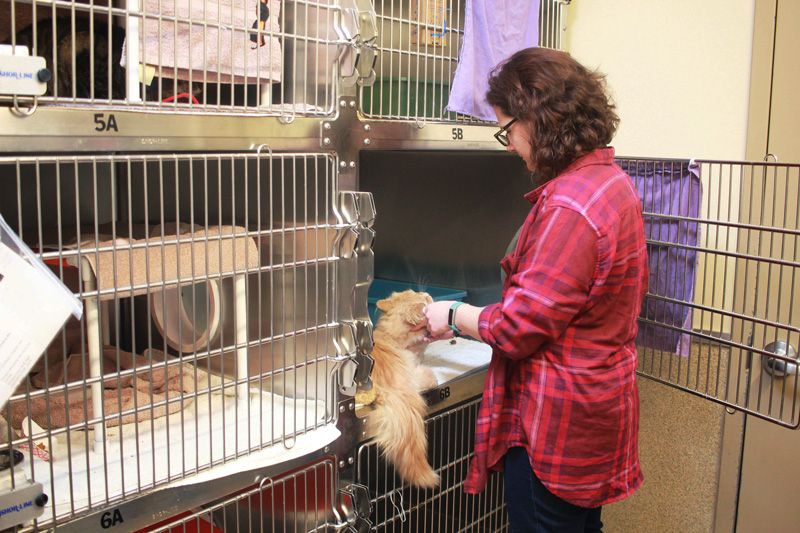
How did you demonstrate that you’d met the standards?
Kamiya: When we decided to do this, we created a spreadsheet. I created our own checklist of all of the guidelines. We utilized that checklist to make sure we did all of them, and we documented every single one that we performed.
Because there wasn’t a certifying entity, I asked Dr. Kate Hurley if they would come and do an audit once we were done with it. It took us about two years. When we first decided to complete all the guidelines, we went through and without making any major changes, we were already about 87 percent of the way there. We set our goal the first year to complete 93 percent, and the following year we completed 100 percent. Most of the guidelines were things like writing protocols and having things documented and making changes to some of our processes.
Since you were pretty close to complete when you started, is it fair to say you didn’t have to make a lot of changes?
Kamiya: Oh, we still had to make a lot of changes, and they weren’t always easy. Our shelter was doing pretty well already at that point, so people were really reluctant to change the way that they were doing things. It took a lot of careful change management to do that. We were convincing people who thought they were doing a pretty good job already to do things differently. That was the obstacle.
Novello: You’re asking people who are doing hands-on work day in and day out to make changes to the way they do things.Part of that is helping them engage with the process early on to see that they can make an even bigger impact when you run things in a different manner. Once they saw that, they actually got super excited about wanting to drive the process forward.
The cat portal [change] was extremely important because the employees care deeply about saving lives and making sure that we’re not euthanizing any animal that doesn’t need to be euthanized. Demonstrating that we could actually increase the number of lives that we could take in and save through that process was something that got people on board and excited to move forward.
Were there any unexpected lessons you learned while doing this?
Kamiya: We learned a lot. Most of it was [a matter of] being patient and allowing people to fail, and knowing that when we make these changes, the first or second try might not work. That was really important for people, because that was a huge fear our staff had, and our management staff had—doing the wrong thing.
But [we stressed] that if it doesn’t work, we’ll go back and we’ll talk about it and learn something and try it again. And we’re still doing that. Some of the processes that we did put in place, we’re finding out maybe this isn’t the most efficient way to do things, and we go back and we change it. That was the biggest thing that we learned. Once people felt OK with trying new things, and being OK with it not working, it was much smoother and much less anxiety-inducing.
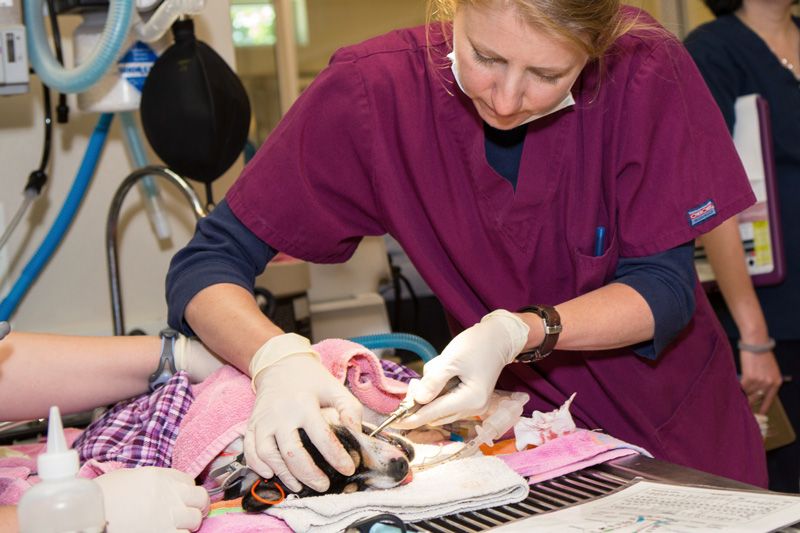
Can you think of an example of a trial-and-error process?
Kamiya: Daily monitoring is where you check every animal—make sure they’re eating and drinking, that they’re behaviorally doing OK, they’re not too stressed out, they don’t need anything, and that all of their paperwork gets in order. We initially had our animal care staff doing that, and they were doing a great job. We thought, “What if we are able to recruit some volunteers to help out? That would alleviate some of the workload for the animal care staff.” That sounded like a fantastic idea. We created a few changes to the process and recruited a ton of volunteers to help.
What we’re finding now is that volunteers really don’t want to do this. They don’t want to just look into the cages and fill out these little checklists. They’d rather go walk dogs or socialize them or do other things. We’re in the process now of reassessing it and trying to figure out, “Why don’t they want to do this? Is the process too hard, or is the checklist we have too complicated?” We’re re-evaluating that, and in the meantime, the project went back to our animal care staff.
What factors have traditionally prevented shelters from doing the kind of self-evaluation encouraged by the guidelines?
Hurley: There’s been somewhat of a culture of negativity around sheltering, where shelters feel really vulnerable to attack. There’s a feeling like if anybody finds out that we’re not meeting these guidelines, or if we admit that there’s room for improvement, then we’re just going to get slammed. You asked why wouldn’t shelters embrace this—I think part of it is just busy-ness and not being sure how to tackle it, how to bite it off. And part of it is just that defensive posture that you inevitably get into if you’re constantly being attacked and criticized.
I think that’s also a great thing that HSSV can contribute to the field: [People think], “Hey, they’re a good shelter, they’re well-regarded, a very successful organization,” but HSSV can say, “You know what? We also had a lot of areas where we weren’t meeting the guidelines.” Hopefully we can make that a safer thing for shelters to acknowledge to their community, and they can actually ask for the help they need to get there, instead of being demonized or destroyed for saying, “Oh, we’re not perfect.”
Can any shelter achieve this status?
Kamiya: A lot of the things that we did didn’t require a lot of resources. What it did require was a lot of collaboration between the different departments, and it was cross-functional work in deciding what the animal flow was going to be and how animals were going to be moved through the shelter. Most of those things don’t have any cost—just people working together in the shelter.
Before we started all of this, our intake was around 4,800 animals per year, and now it’s up to 6,000 a year. By refining all of our processes and getting a lot more efficient, we were able to increase our intake through our transfer programs. We were able to bring in a lot more animals from other shelters and increase the lifesaving capacity in those communities.
What was your reaction to HSSV getting the “model shelter” distinction?
Kamiya: We proved that it can be done, and I feel like any shelter can do this.
Novello: It really is thrilling to be able to take something that’s never been done before and implement it and see the results and the impact. There’s the immediate impact of the increase in our intake and the increase in our save rate that has been thrilling for all of our stakeholders. There’s a sense of pride at being able to achieve a certain level of excellence. And then there’s the broader implication: We really want to be inspiring other shelters to reach this goal, because the standards of care are really important.
Hurley: I guess it was like if you’d written a paper about how you thought it was possible to get to the top of Mount Everest: You really believed it was possible, but nobody had done it. And then somebody emailed you: “Yeah, followed that little plan, and we did it. Got to the top—put a little f lag up there.” It’s just a terrific achievement, and I’m really grateful for them—that they are an organization with more resources, but that they use those resources and that privilege to take a stand for welfare, take a stand for the guidelines and prove to the field that it can be done.


